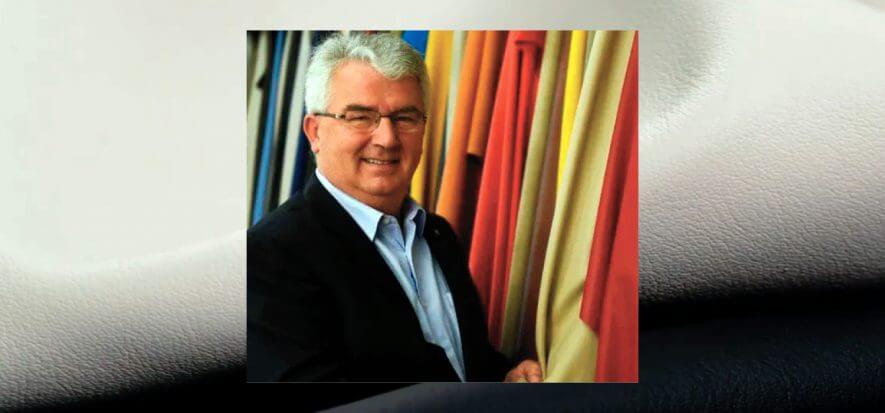Simply put: making a material with a “demonstrated naturalness”. It may look simple, as a goal, but it (really) isn’t. We are talking about leather, of course, and the goal is the one set by Dani’s new green paradigm. “The matter is that we recover a byproduct of the food chain, bovine hides – says Giancarlo Dani, CEO of the Vicenza-based tanning group -, which puts us into a privileged position when it comes to circular economy”. Moreover: “We have always made efforts to increase our attention towards environmental matters, but now we must do more, by creating a production process that consumes as little resources as possible”. “It’s not enough to reduce emissions: we must research and utilize products that are increasingly friendly, obtained from renewable sources”. That’s how the organic carbon challenge comes in.
Organic carbon for a greener leather
“With this – explains Dani – the selection and choice of chemical products becomes a determining factor”. It has to do with identifying those with “low Carbon Footprint, highest biodegradability levels and the highest bio-based content”. The description refers to “products obtained from vegetal biomasses, coming from the manufacturing processes of the leather chain. The former provides a high amount of carbohydrates, while the latter a significant amount of proteins”. In doing so, “we focus on products that don’t have a fossil origin and use biopolymers with no dangerous substances and a low environmental impact”. The consequence: “all that allows us to create a new paradigm, evaluating the amount of organic carbon coming from bio-based sources within the tanned leather”.
Continuous improvement
The equation is simple: the higher the organic carbon content, the greener the leather. “This content level – explains Dani -, is assessed via the C14 test. We verified that, from a normal recipe that had a bio-content value of 13% (of organic carbon), we were able to reach 61% with bio-based products. Our goal now is to bring the performance up to 95%. All this will allow us to increase the natural value that leather already has, by definition. It will allow us to defend ourselves from alternative and synthetic materials, because they will have to prove they can compete on an environmentally conscious level. It will allow us to elevate leather’s natural characteristic: its naturality. And last but not least, highlight the material’s biodegradable dimension”. A new paradigm: a real challenge.
Read also:
- Zero Impact by Dani Academy and NABA at Spazio Lineapelle
- Leather and ethical claims: Dani obtains the n.1 certification in the world
- Giancarlo Dani, prudential optimism while focusing on leather evolution











